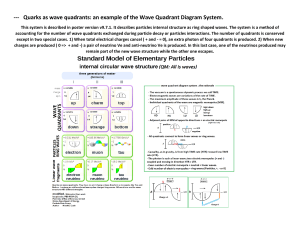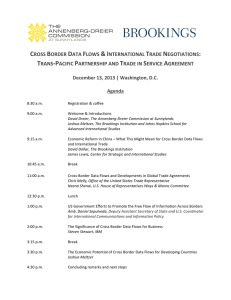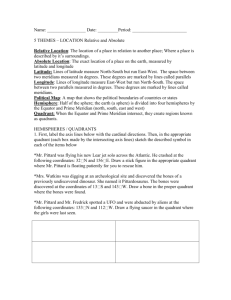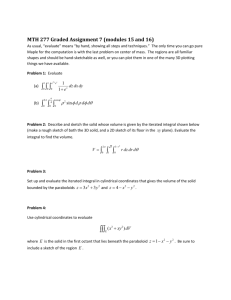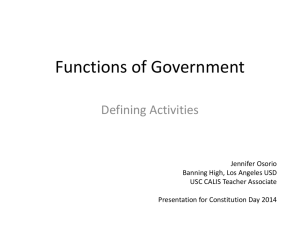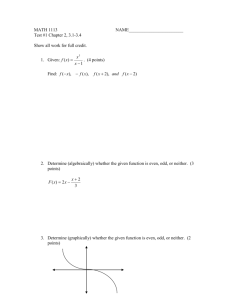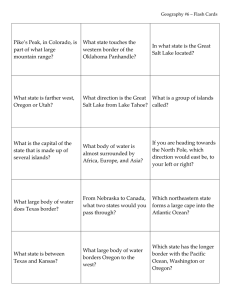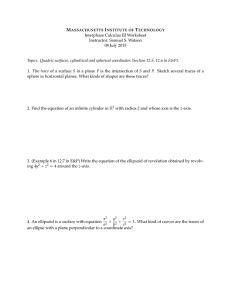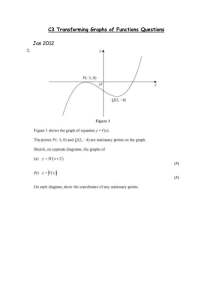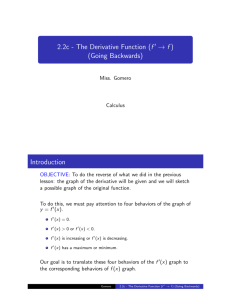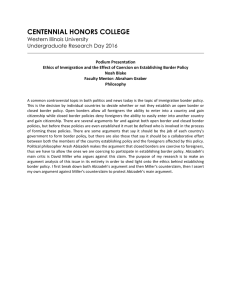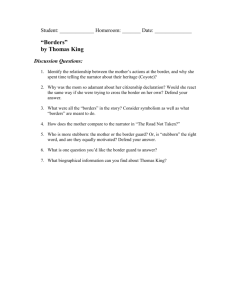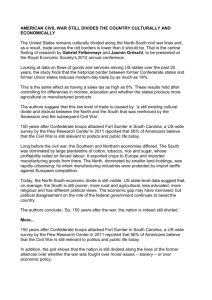3-118, 3-119, 3-120, 3-121, 3-122
advertisement
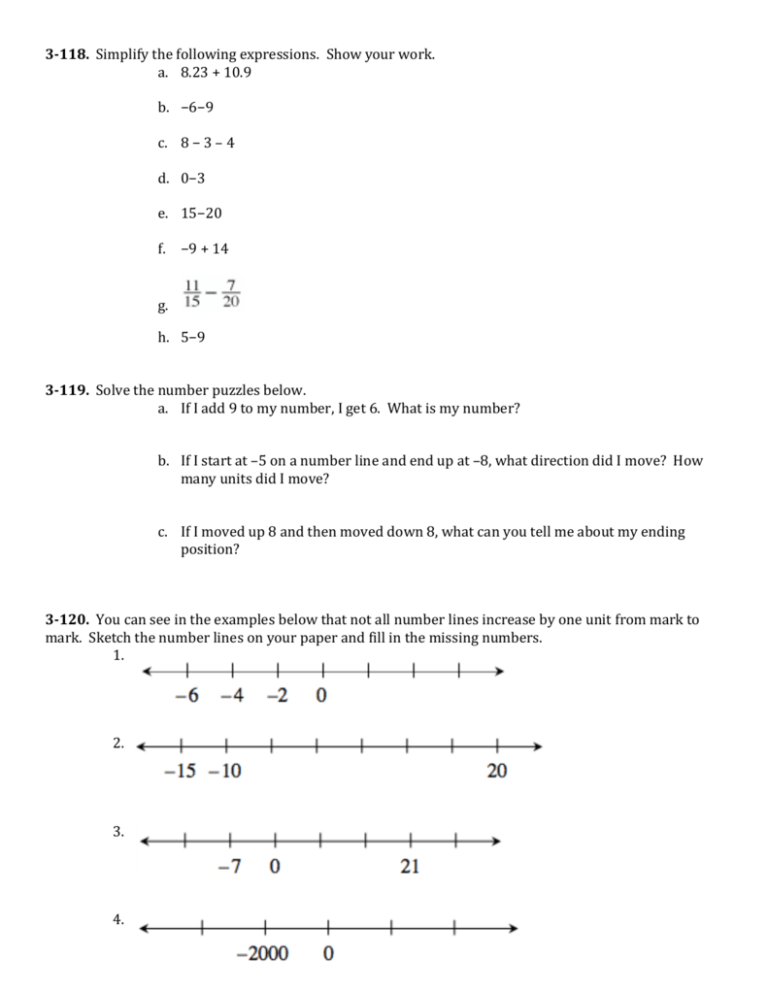
3-118. Simplify the following expressions. Show your work. a. 8.23 + 10.9 b. −6−9 c. 8 − 3 – 4 d. 0−3 e. 15−20 f. −9 + 14 g. h. 5−9 3-119. Solve the number puzzles below. a. If I add 9 to my number, I get 6. What is my number? b. If I start at –5 on a number line and end up at –8, what direction did I move? How many units did I move? c. If I moved up 8 and then moved down 8, what can you tell me about my ending position? 3-120. You can see in the examples below that not all number lines increase by one unit from mark to mark. Sketch the number lines on your paper and fill in the missing numbers. 1. 2. 3. 4. 3-121. A triangular flower bed (space for planting flowers) needs a thin metal border all the way around it. The sides are 7 feet, 6 feet, and 9 feet long. a. How many feet of border should be purchased? Make a sketch and show your work. b. If borders cost $8.75 per yard (and only whole numbers of yards can be purchased), how much would the border cost? 3-122. One of the topics you will review in this course is reading graphs. Look at the graph below. This graph shows positive and negative values on both axes. It divides the plane into four parts, or quadrants. It is called a four-quadrant graph. The quadrants are numbered I, II, III, and IV in a counter-clockwise manner as shown. a. The coordinates (the x- and y- values) for point A are (–4, 3). Explain how these numbers tell you the position of point A using the graph. b. Name the coordinates (x, y) for points B and C. c. If Deepak moved from point A 8 units to the right and 10 units down, at what point on the graph would he end up? Which quadrant is the new point in?



